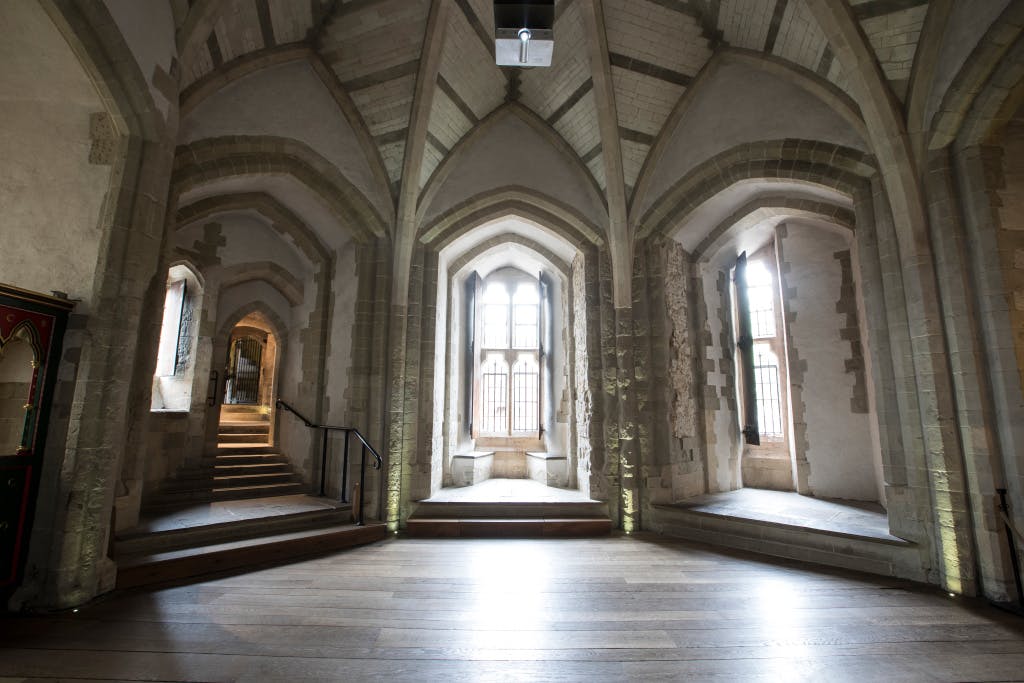
Medieval lodgings fit for a king, comfortable and luxurious
The three Towers
St Thomas’s Tower, the Wakefield Tower and the Lanthorn Tower at the Tower of London are today known collectively as 'the Medieval Palace'.
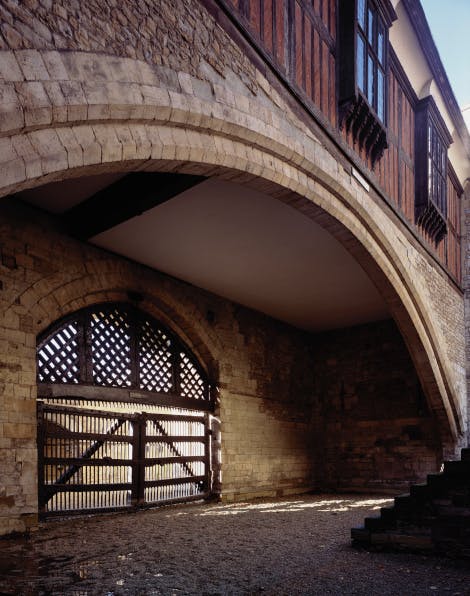
Image: Traitor's Gate and the Medieval Palace in St Thomas’s Tower, built by Henry III’s son, Edward I. Its impressive façade declared the magnificence of this warrior King. © Historic Royal Palaces
Fit for a king
The Medieval Palace once lay at the heart of what was formerly the residential area of the Tower. These were richly decorated and comfortable lodgings, grand enough for any medieval monarch.
Life in the 1200s
Built by Henry III (1216-72) and his son Edward I (1272-1307), the interiors of the Medieval Palace have been re-presented for today’s visitor to evoke a vivid picture of 13th-century life.
Medieval monarchs never stayed at the Tower for very long, and it was usually for a specific purpose rather than pleasure, although the palace had to be fit for royalty, even for short visits.
Did you know?
Edward I only stayed in the Medieval Palace for 53 days in 35 years of rule!

Image: A view looking towards the Wakefield and Bloody Towers. You can still see the foundations of the medieval royal complex, and the remains of the Coldharbour Gate-Tower. © Historic Royal Palaces
Royal complex
In the 1200s, what we now call the Medieval Palace consisted of much more than St Thomas’s and the Wakefield Towers.
The enclosed area in front of the White Tower is called the Inmost Ward. In the 1200s it was a busy complex, full of buildings set up to serve royal residence. These included kitchens and a great hall. The Inmost Ward was protected by a high wall and the enormous Coldharbour Gate-Tower.
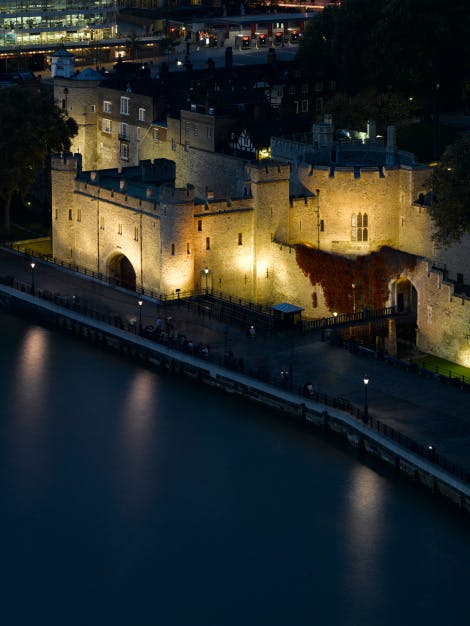
Image: St Thomas’s Tower, with its huge archway that once opened directly onto the river before the building of the Wharf. © Historic Royal Palaces
St Thomas's Tower
St Thomas’s Tower was built by Henry III’s son, Edward I, between 1275 and 1279. The Wharf that now separates this tower from the Thames had not been built then, so Edward’s building looked out directly on to the river. His royal barge could be moored beneath the great archway, below the royal apartment, which in later centuries became known as Traitors’ Gate.
Records describe the royal accommodation inside St Thomas's Tower as a 'hall with a chamber'. The first large room – the hall - has been left unrestored. This was where the King could dine and entertain. Remains of the hall’s original 13th-century fireplace, a garderobe (lavatory) wall and a picturesque vaulted turret still survive.
A King's bedchamber
Edward I’s bedchamber in St Thomas’s Tower has been reconstructed using replicas based on original 13th-century furnishings. They may seem a little bright to modern eyes, but they are based on evidence gleaned from real medieval objects, illuminated manuscripts of the period and antiquarian drawings.
The room shows the King’s bed, close to the fireplace for warmth, but allowing him a view of the little ‘chapel over the water’, mentioned in 13th-century records. The wall paintings are based on the floral ‘pointing’ described in accounts for Edward’s mother’s chamber at the Tower.
Did you know?
Because the medieval court moved around so frequently, all their furniture could easily be dismantled and transported.

Image: An interior view of St Thomas's Tower. This is a reconstruction of the King's Bedchamber as it might have appeared during the reign of King Edward I, 1272-1307. © Historic Royal Palaces
Royal slumber
The royal bedchamber inside St Thomas’s Tower has been re-presented as it might have appeared in the time of Edward I.
The replica bed was based on one mentioned in medieval accounts, which was made to accommodate the tall, imposing King known as ‘Longshanks’.
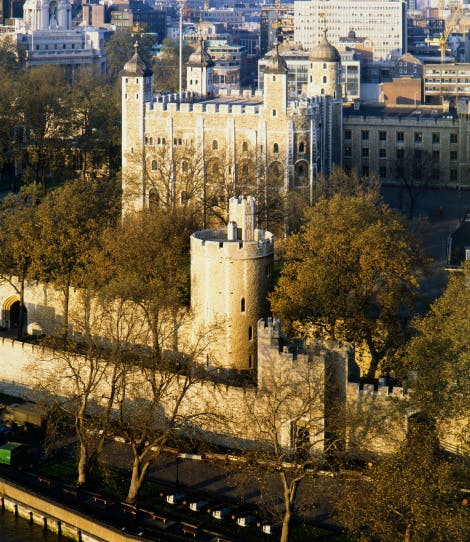
Image: The circular Lanthorn Tower, part of the Tower’s massive inner curtain wall, was built to reinforce defences and to provide more royal accommodation. © Historic Royal Palaces
Lanthorn Tower
The Lanthorn Tower, built as part of Henry III’s queen’s lodgings, was gutted by fire in 1774. The present building is 19th century. Inside, a selection of real 13th-century objects illustrate the lifestyle of Henry and Edward’s courts. Edward I’s son Edward II (1307-27) stayed in this east side of the castle when in residence at the Tower. The Lanthorn Tower was eventually adapted into the king’s chambers.
The Wakefield Tower
The Wakefield Tower was built by Henry III as royal lodgings between 1220 and 1240 and originally sat at the river’s edge. Henry was able to arrive by boat, and enter his rooms from his private stairs leading from a postern gate.
The principal room was probably a private audience chamber. It now contains a replica throne and canopy, based on 13th-century examples. The pattern on the canopy and cushion features the Plantagenet lion – the symbol of the royal family. The painting on the chimney breast depicts the royal arms.
The vaulted ceiling is 19th-century. The fireplace and chapel are restored. The painted wooden screen is a copy of one very like that described in a detailed order by Henry III, which mentions ‘a good and suitable screen of wooden boards between the chamber and chapel’.

Image: The King’s Private Chapel, just off the Wakefield Tower Audience Chamber. © Historic Royal Palaces
The King's Private Chapel
The chapel is associated with Henry VI who died in 1471 while a prisoner in the Tower during the Wars of the Roses. One side said he died of melancholy after hearing his son had been killed in battle. His supporters said he was stabbed to death while praying here.
Since 1923 the Ceremony of the Lilies and the Roses has been held here every year on the evening of 21 May, the day of Henry’s death, and is attended by representatives from Eton College and King’s College, Cambridge. Both of these institutions were founded by the unfortunate King.

The Tower of London: an ancient monument on paper
Explore a selection of architectural drawings of the Tower of London with our interactive story, created in partnership with Google Arts & Culture.
Discover more royal history
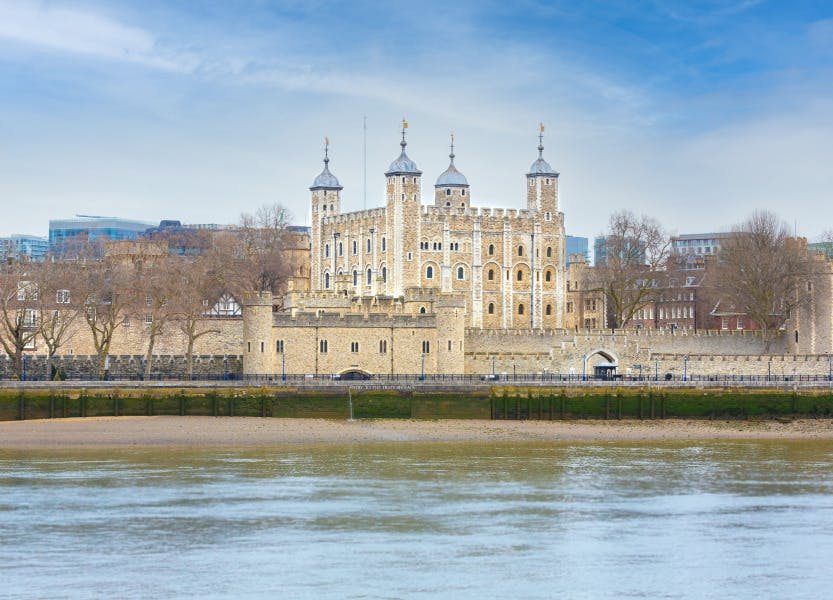
Test your Tower of London knowledge
Download the Royal History Quiz App
What will you find within the ancient walls of this world-famous fortress, witness to nearly 1000 years of history? Test your knowledge of Yeoman Warders, torture and execution, rogues and ravens.
Browse more history and stories
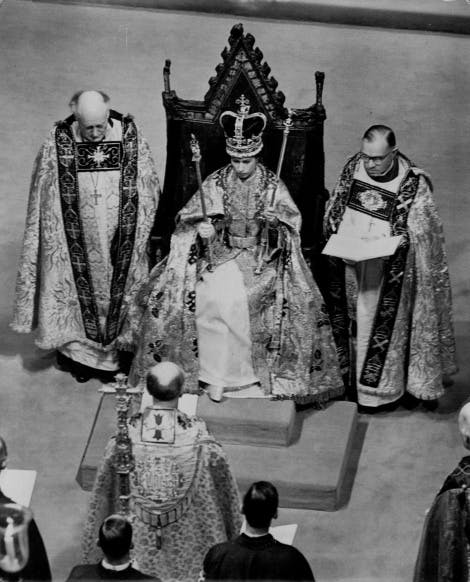
Coronations Past and Present
An ancient ceremony, largely unchanged for a thousand years
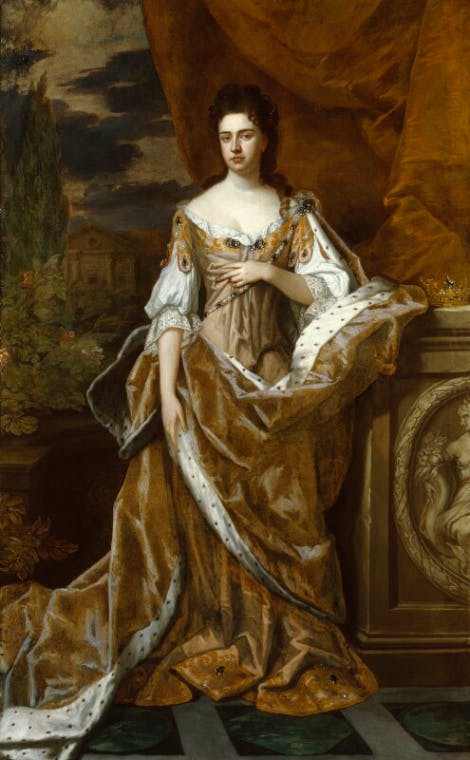
LGBT Royal Histories
Lesbian, Gay, Bisexual, Trans and Queer histories in our palaces

The story of the Tower of London
Iconic fortress, royal palace and infamous prison.
Explore what's on

- For members
- Events
Members-only Ceremony of the Keys
Members-only access to the traditional locking up of the Tower of London, the Ceremony of the Keys.
-
13 July, 24 August, 14 September 2025
- 21:30
- Tower of London
- Separate ticket (advance booking required)

- Things to see
The Tower Moat
Take a relaxing stroll through the west side of the Tower Moat
-
Closed
- Tower of London
- Included in palace admission (Members go free)

- Things to see
White Tower
Marvel at the imposing White Tower, a magnificent example of Norman architecture at the heart of the Tower of London.
- Open
- Tower of London
- Included in palace admission (Members go free)
Shop online

Shop Kings & Queens of England
Discover our informative and best selling range, inspired by the incredible history of the Kings and Queens of England.
From £4.99

Shop Medieval
Step back in time with our medieval inspiration collection, full of fascinating ornaments and homewares for your collection.
From £3.50

Shop Ravens
It is said that if the six ravens were ever to leave the Tower of London then the Tower and the kingdom will fall. Naturally, to preserve the kingdom six ravens are kept to live and protect the Tower of London.
From £2.50

